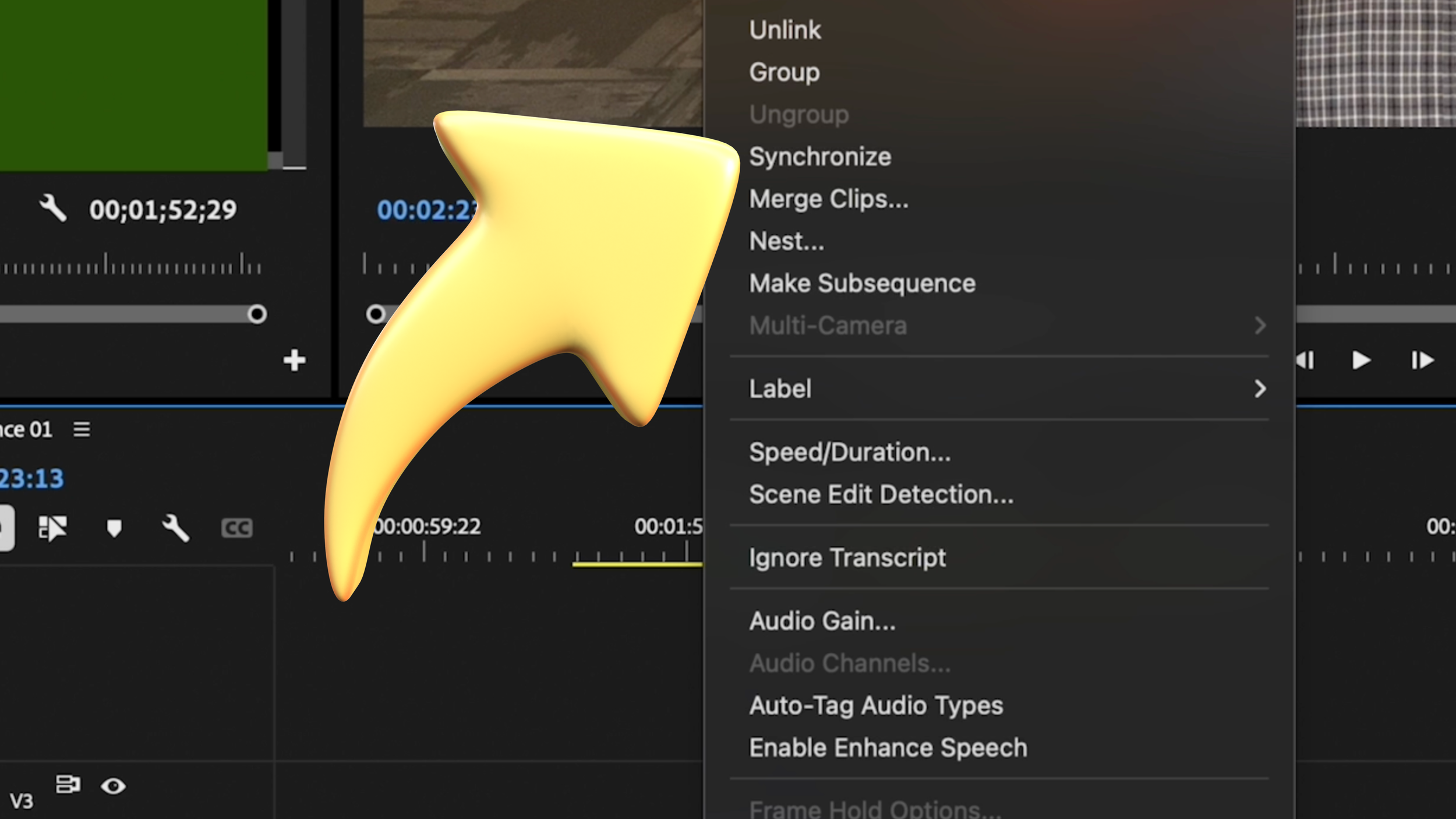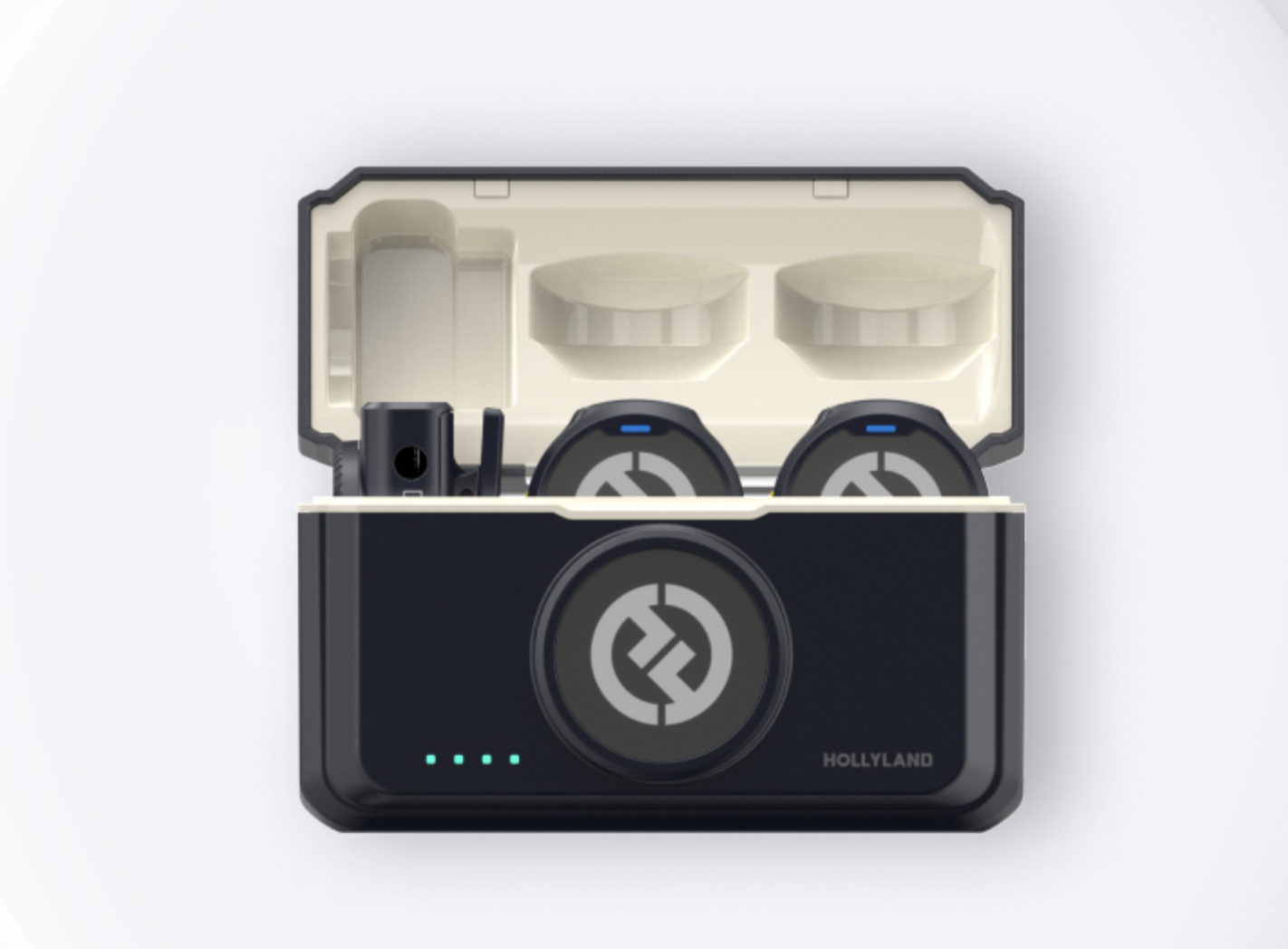NDI Workflow with the Panasonic AG-CX10
I was thrilled to receive an email from a fellow teacher in Georgia asking about my experience with the Panasonic AG-CX10. It got me thinking that it would be a great topic to share on StreamSemester, so here we are!
Before I dive in, I want to let you know that this article is mostly geared towards those who have an NDI workflow in their production facilities. While I will touch on the recording capabilities of the AG-CX10, my experience has primarily been with its built-in NDI streaming ability.
I first started using the AG-CX10 in late 2020 with our TriCaster Mini 4K. I was drawn to this camera because of its touted seamless integration in an NDI environment. With the included ethernet adapter and an ethernet cable, I was able to connect to the network on my school campus and send a reliable signal back to the control room for a live shot from anywhere.
This knowledge inspired me to build my entire studio workflow around NDI. Having cameras that were essentially plug and play made this a no-brainer to me.
Over the past two and a half years, I have learned a lot more about these cameras and want to share my honest thoughts with you in case you're considering a similar purchase.
If you're a teacher like me, you know that it can be challenging to set up your production equipment quickly and easily for live events. That's why I was excited to try out the AG-CX10. And let me tell you, the setup process was a breeze. All I needed was an ethernet cable and the adapters that came with the camera, and I was ready to go.
But while the setup was easy, there are some drawbacks to these cameras that you should be aware of. For starters, you'll need to purchase a license to use them as an NDI source, and each camera's license costs an additional $299. This was something I wasn't aware of when I made the purchase, so it's important to keep in mind. For four licenses, that put me close to $1200.
Yeah, I had sticker shock.
Another thing to consider is that the adapters or dongles that come with the cameras are not particularly student-friendly. They need to be handled with care, and replacements have to be ordered directly from Panasonic. And trust me, they're not cheap. If you decide to go with these cameras, I would highly recommend buying extras on the front end so you're prepared in case any of them break.
One of my biggest gripes with the AG-CX10 is that they're not as user-friendly as some other cameras I've used, like my Sony cameras. Because of this, I don't always feel like the Panasonic cameras give us a consistent quality image.
Another issue I've encountered is that once you've set the camera up for NDI production, it can be difficult to switch it back over to a simple record mode. And if you're streaming with the camera, you won't be able to record locally to the camera at the same time, which can be frustrating if you want an ISO recording for editing later.
All of that said, I still think the AG-CX10 is a good option for an NDI workflow. But if I had to do it over again, I would probably go for a Sony PXW-Z90 and a BirdDog Studio to pull it onto the network.
The Z90 has a great image and is easy to operate, so it's a solid choice for a camera. Plus, I already have six Sony cameras, so it would keep our need for multiple kinds of batteries and chargers to a minimum.
We already have enough to juggle, so keeping batteries consistent would be a huge help.
One thing I love about the Z90 is that it comes out of the camera with SDI connected by BNC, which provides a level of security that I don't feel with the USB plugs on the Panasonic. This can be a huge advantage in a live production environment, where anything can happen. In one situation, we were about to go live and the USB on the camera was knocked loose, when we got it back up and running, it was giving us a different IP address, so we didn’t get it into the show on time.
And finally, the BirdDog Studio offers the flexibility that the Panasonic cameras don't. With the BirdDog, you can disconnect from a camera and plug it into a monitor, switch the BirdDog to decode mode, and send your NDI feed out to that monitor anywhere on campus. It just offers so many more options than the Panasonic cameras do.
Again, the Panasonic AG-CX10 is a great camera for an NDI workflow, but there are some downsides to consider. If you're looking for a camera that's easy to use and provides a consistent quality image, I'd recommend going with a Sony PXW-Z90 and a BirdDog Studio. But ultimately, the choice is yours, and I hope this article has given you some helpful insights to inform your decision.
Meet the Author, JOSH DEMPSEY
Josh Dempsey is a video and film teacher at Marietta High School in Marietta, Georgia. With nearly years of experience in the classroom, Josh is just as excited as his students to keep learning about the power and possibilities of this visual medium. He invites you to follow his students and their work online by following them on social media @bdn_marietta.
Josh loves traveling with his wife, Megan, and their two kids and more pets than should be allowed. If you want to follow their adventure and get some tips and tricks for RV travel and epic road trips, head over to their website at eastrollswest.com.












Got shaky footage? No problem! In this quick tutorial, learn how to use Warp Stabilizer in Adobe Premiere Pro to smooth out your shots effortlessly.